Sigh. It is hard to know what to hope for - surgery or no surgery. And, it is hard to know whether to be happy that the decision to postpone surgery was made based on the fact that Peter is doing so well.
For a child with short gut, Peter IS doing well. He is out of the hospital, labs are stable, his ostomy outputs are stable, he acts like he feels good, he is energetic, and we are able to advance his enteral feeds again. However, he is still on TPN 7 nights a week, has a central line to administer the TPN (he fights the dressing changes terribly and there are very big health risks if the site gets infected or wet), we have to drain his stomach every night or else he vomits, and he definitely is "different" from other children his age both in appearance and behavior... not to mention the lesser issues that come up in managing two ostomies.
The goal of surgery at this time was to stablilize his fistula outputs (but not necessarily close the fistula) and allow for us to increase his feeds and decrease his TPN dependence. Once off TPN, his liver will likely begin to heal and he should be able to tolerate bigger surgeries to close the ostomies. Now that he is accepting more feeds and the ostomies have been stable through it, it seems that he is accomplishing the surgical goal without the need for surgery.... at least for now. So we will take off some of the ascites, but not all of it in the event that the ascites is what made the fistula settle out somehow (maybe by pushing on the bowel and altering the flow). The hopes would be that we keep increasing feeds and outputs stay low and we get back to where we were before January 2010's admission. If we end up back where we were in January and can't control the fistula, then surgery looks like it will be imminently necessary.
If we keep outputs stable, then Dr. Jennings feels that the bowel closures (getting rid of the ileostomy and the fistula/jejunal ostomy) can be planned for age 7 or 8. Boy does that sound a long way off! He has seen pediatric patients settle themselves out and redirect their issues before. We have seen this in Peter ourselves too. The duodenostomy was very much out of control about two years ago and then it just suddenly started closing off to a few milliliters out per day. Perhaps this is what Peter is doing with the fistula now. Only time and advancement of feeds again will help us know this.
Of note, the abdominal ultrasound today shows that the bowel is not adhered to the abdominal wall as was feared. That is good news for surgery whenever it occurs.
AND, we are going to try the Farrell bag by Corpak that Susan in Canada told me about in the comments on the last post. Hopefully that will help us to feed Peter and vent him overnight using the gastrostomy that he has. We've not been able to successfully feed him more than 15 mL ovenight since the ascites was put on, due to the need to vent instead. It looks like a great product.
Thursday, July 15, 2010
Subscribe to:
Post Comments (Atom)







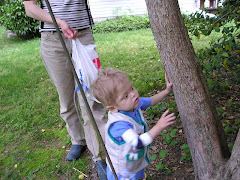
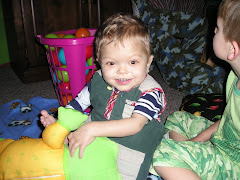
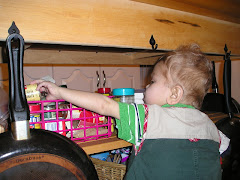
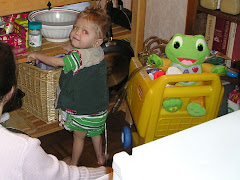
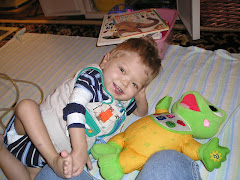
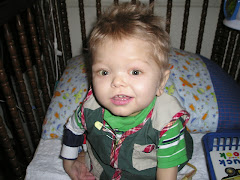
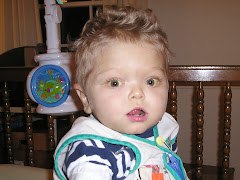
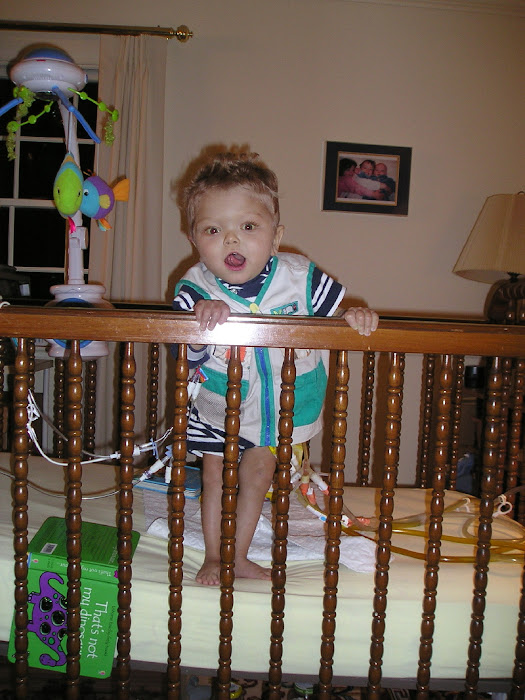
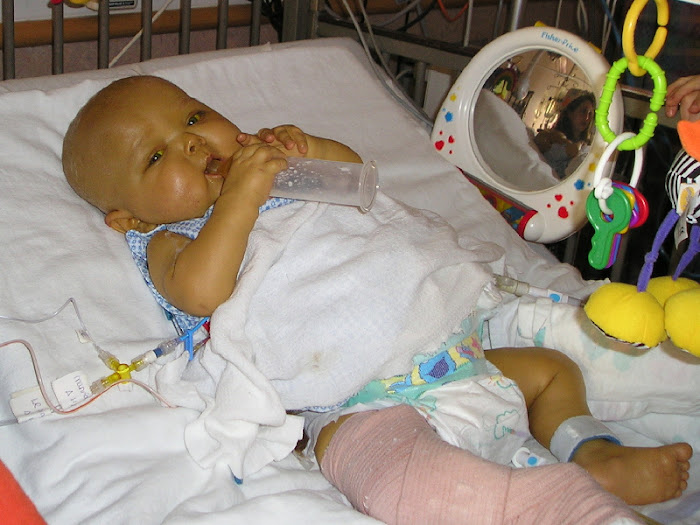
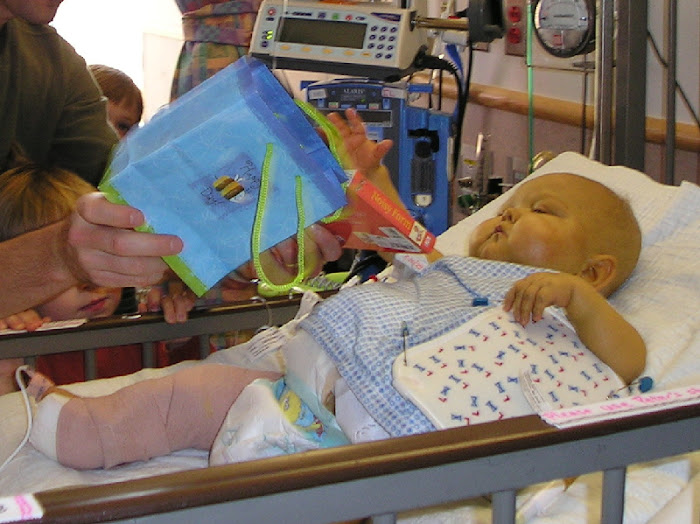
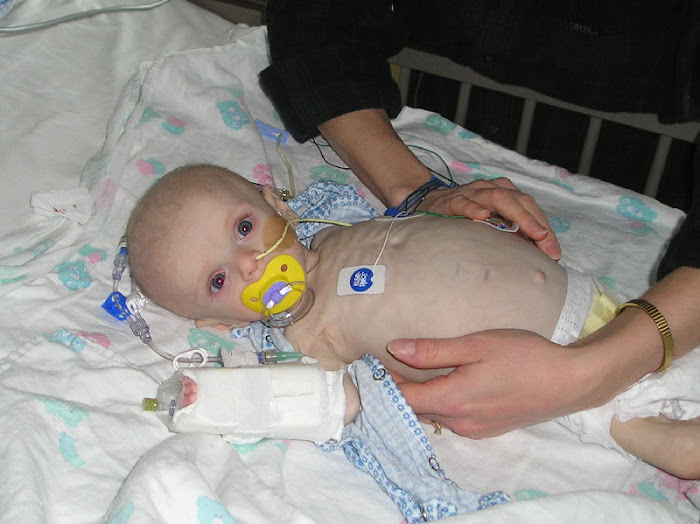
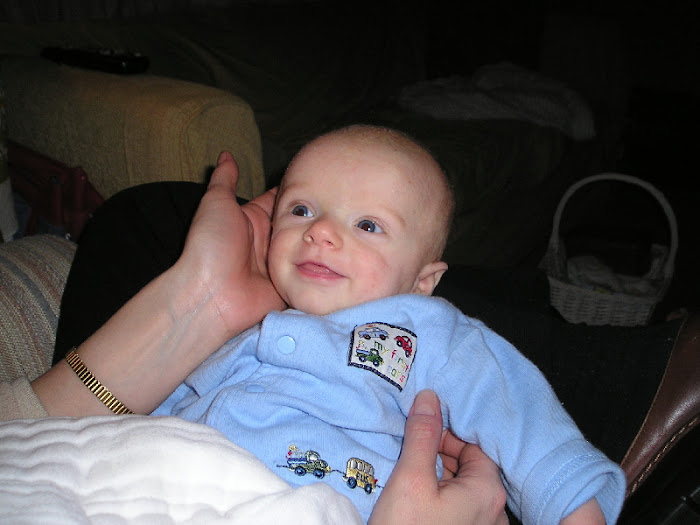
No comments:
Post a Comment